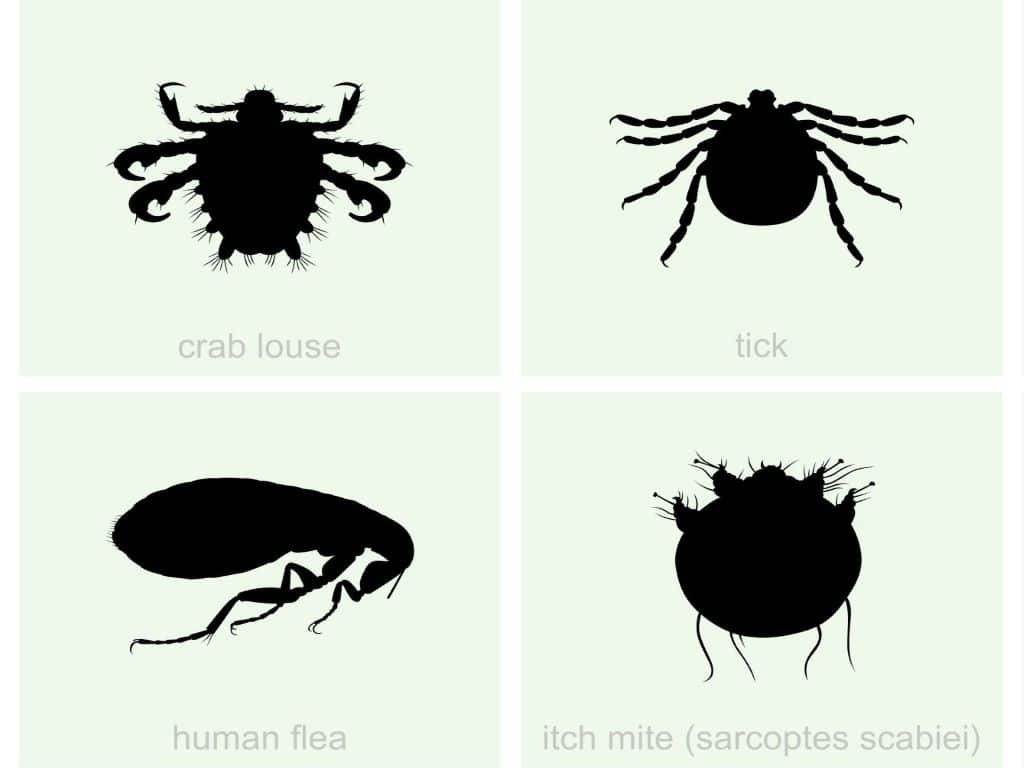The Infamous world of arthropod ectoparasites
Fleas and ticks are examples of arthropod ectoparasites that make our life and other animals’ life miserable.

In parasitism, an individual organism, the parasite, consumes nutrients from another organism, its host, resulting in a decrease in fitness to the host. In extreme cases, parasites can cause disease in the host organism; in these situations, we refer to them as pathogens. Ectoparasites live and feed outside the body of their host, whereas endoparasites live and feed inside the host. Fleas and ticks are examples of arthropod ectoparasites that make our life and other animals’ life miserable.
One important thing to point out is that fleas are parasitic flightless insects (Class: Insecta; Order: Siphonaptera), but ticks and mites on the other hand are parasitic arachnids (Class: Arachnida; ticks from Order Ixodida; mites from Order Acariformes and Parasitiformes). Fleas and ticks mainly suck the blood from mammals and birds. Nevertheless, ticks sometimes also parasite reptiles. One would think that scales would protect reptiles from ectoparasites, but ticks find a way of sucking the blood from reptiles such as snakes and lizards.
Most of the time ectoparasites are just a nuisance to its host, causing only redness and/or itching, but they can also be vectors of serious illnesses. Ectoparasites can transport viruses, bacteria and protists that can cause diseases such as typhus and the bubonic plague. They can even carry tapeworms. One of the most important tick-caused diseases in humans is Lyme disease.
Mites in general are smaller and also parasite insects. For example, Varroa mites are important pests in the bee production industry. When mites feed on bee haemolymph they can also infect them with harmful viruses. Mites hitchhike on honey bees and change hosts on flowers allowing them to easily infect other hives.
You can visit speciesconnect.com and check ectoparasite Cases and Interactions. There you will find Cases of other ectoparasites such as the kissing bug which causes the Mal de Chagas disease, or the vampire fly, which was accidentally introduced to the Galapagos islands and is causing havoc in the Darwin finches populations.